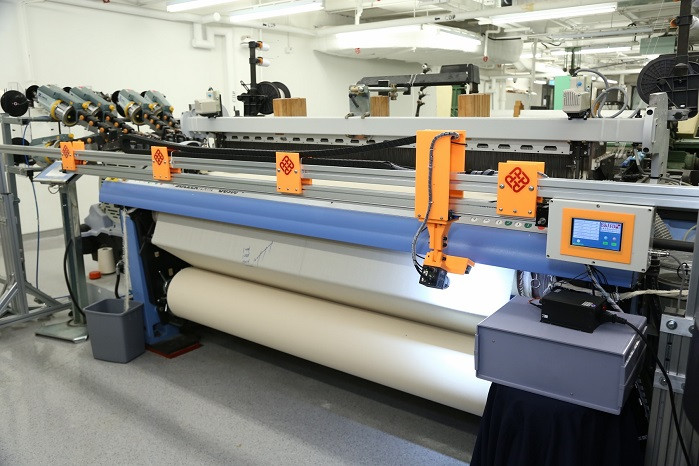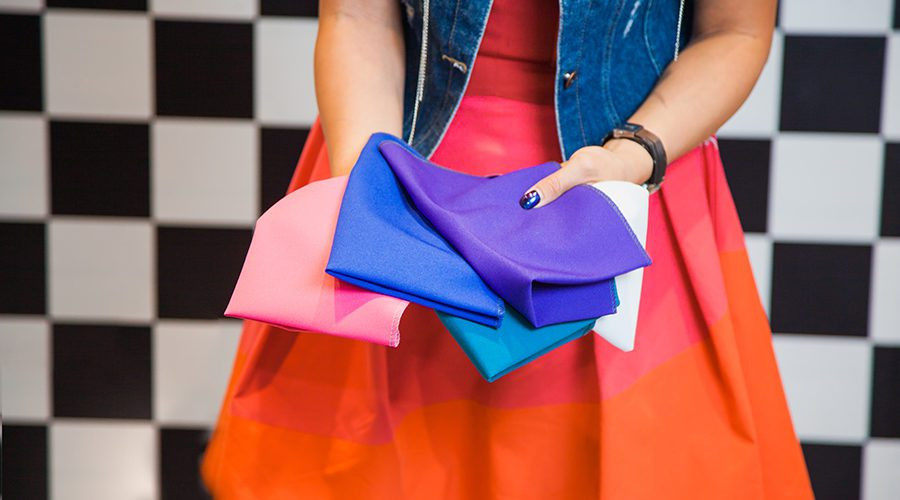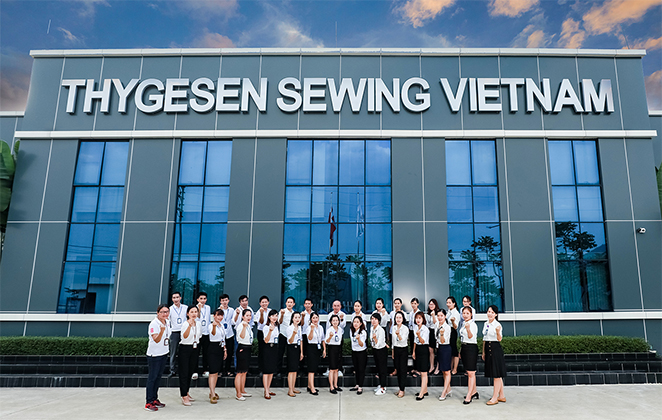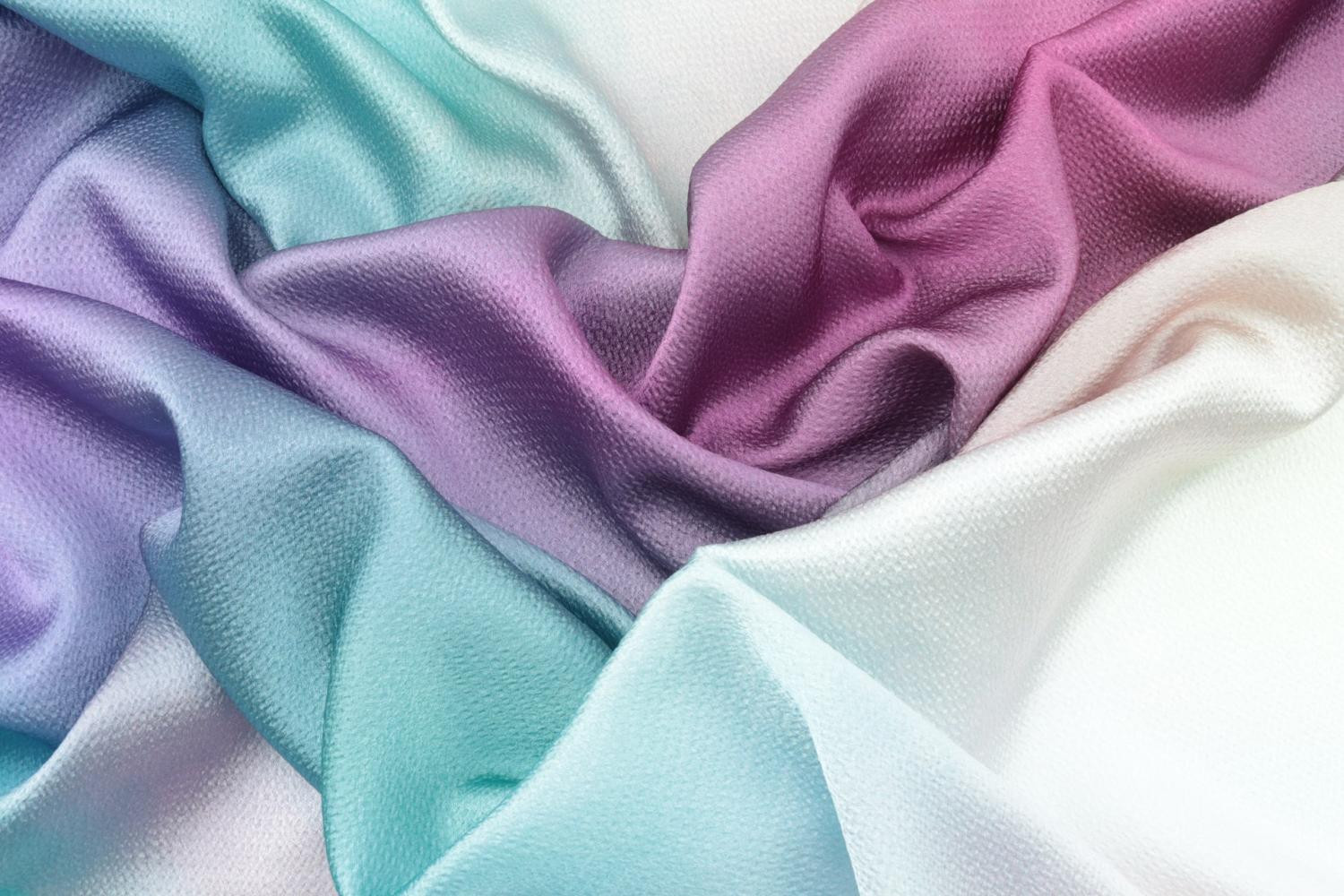Before being put on the market, a fashion product must go through specific processes. The process that any fashion manufacturer is not allowed to ignore is the quality check of the fabric. Because in fact, every customer wants an outfit with the best quality fabric to be both fashionable and valuable for long-term use. The complete instructions on Fabrics QC procedures shared below will be really helpful for fashion manufacturers.
What is Fabrics Quality Control?
Fabrics Quality Control is an essential process when manufacturing garments. Each fabric material will have its own scientific characteristics, advantages, and disadvantages suitable for each working environment and design of the garment.

In the production process in the garment enterprise, the fabric quality inspection will be carried out after the raw materials are in stock. Fabrics from suppliers all have quality-related problems such as color luster and yarn drawing. Therefore these problems need to be controlled during machining.
This is the first inspection step in the manufacturing process of a garment. Because fabric defects are said to be the cause of most problems in the industrial garment manufacturing process. The inspection and control of fabric defects will help reduce problems arising in the production process, save labor costs, and material costs. Fabrics are tested to classify different types of defects.
Fabric testing is performed in an appropriate and safe environment with adequate ventilation and proper lighting. Inspection of printed or dyed fabrics shall be repeated from the beginning, middle and end of the fabric rolls. To record or collect defects during testing must use a checklist. The inspection sheet includes general information, batch information, fabric defects by size, summary of fabric defects, quantity inspected, total penalty points and results of the batch of fabric after inspection.
To get the best product, each fashion manufacturer will have their own policies according to their research in the production process. If the customer does not have other special requirements, all finished fabrics that are manufactured and processed into the company must be inspected according to the standards. However, not all businesses know how to control fabric quality and get the best quality product.
The Fabrics QC production process needs to be ensured. Fabrics QC producers must be trained and familiar with approved fabric inspection procedures. In addition, there must be all necessary tools and information before conducting the test. The fabric testing area and the fabric testing equipment must be kept clean. Before conducting the inspection, it is necessary to check the lighting system, speed control device, and fabric length measuring device to see if it works.
Importance of Fabrics QC

Quality inspection of fabrics before production is an extremely important step to create quality products. By introducing the basic features of textile fabrics and testing methods, the garment factory masters the acceptance standard and uses the knitting method, accurately captures the cutting consumption and streamlines the process. production process. Fabrics QC procedures to meet customer requirements and avoid repairing or returning clothing due to fabric defects.
Fabric defects are generally divided into yarn, weaving, dyeing, and finishing defects and damage in transit. If you don’t check, you won’t know what’s wrong with the fabric for timely production. Fabric manufacturing enterprises confirm on the spot during the first inspection, and the parties agree to deal with the problem.
If this is not done, fabric manufacturers must bear all losses beyond reasonable waste. The clothing factory can precisely control and calculate the cost of clothing through the actual wear of the fabric. Therefore, checking the quality of the fabric is extremely important to have a timely treatment method if there is a problem with the quality of the fabric so as not to spend extra costs and effort if the new product is discovered.
Things to Look Out for When Checking Fabric Quality
Each fabric will usually be equipped with different standards, so you also need to keep a few things in mind when checking the quality of the fabric.

Fiber Weave
For high-quality fabrics, usually the woven fibers will be tightly woven and linked together. These fibers also do not have a gap with each other because this shows that the fabric will be of poor quality and easy to tear. High-quality fabrics need to be durable, without gaps. During Fabrics QC Procedures, you should also pay attention to this issue.
Color
The right dyeing process will produce a fabric with the best quality. When dyeing fabrics, attention should be paid to the unevenness of tones present on the surface of a fabric, without the appearance of spots. A beautiful fabric must ensure even color, smoothness and no difference in density.

Produce a fabric with the best quality
Thread Count
Thread Count refers to how many threads appear in each inch of fabric. In this case, the higher the yarn density, the better, the higher the yarn density, the finer the fabric, the softer the fabric, and the larger the yarn density, but the larger the yarn will make the fabric stronger, durable.

Finish
Finally, pay attention to the overall outer tank of the fabrics. They should not have uneven weaves, folds and corners should not be stretched. The overall fabric needs to be smooth, soft and without any signs of stretch.
Fabric Inspection Method
Currently, there are also many methods to check the quality that must be safe to serve the conditions of each manufacturer. Specifically like:
- 4-point system: 4-point system is widely used in the textile and garment industry. This system has the advantage of being easy to use and understand for businesses. The 4-point system determines the error and the severity of the error, thereby giving the corresponding error score. This system is suitable for both rustic fabrics, finished fabrics and knitted fabrics.
- 10-point system: This system needs to check at least 10% of all fabric before spreading, not 100%. The system will also classify the quality based on each roll of fabric, assigning penalty points to each fabric when there is an error.
- 2.5-point system: According to international standards, the 2.5-point system is the most rigorous and specialized for high-end products. There are also seams for primary goods such as market goods.
Fabrics QC Procedures
There are 11 steps specific to the generic Fabrics QC Procedures that manufacturers need to follow:
- Step 1: First of all, you need to check the fabric, pay attention to choose the right performance environment, make sure there is enough appropriate light, enough ventilation as well as safety.
- Step 2: Compared to the tester, the fabric ensures to pass through the frame from 45 to 60 degrees. This procedure should be based on a high-end and suitable Cool White light 2 F96 fluorescent lamp. Prepare more backlight so that when needed, it can be used.
- Step 3: Pay attention to check the fabric speed on the machine to ensure that the time is not more than 15 yards per minute.
- Step 4: Bulk batches of fabric dyes must be approved based on the standards of previously approved batches. It must also be available prior to testing.
- Step 5: To ensure that the evaluation process for color, texture as well as finish and appearance of the fabric is properly carried out, the approved standard for fabric dyeing must be previously available with the large amounts.
- Step 6: It is necessary to check the color change between the center of the fabric and the top to be able to know the continuity of the shade in a roll of fabric. Each roll after inspection should also be evaluated in detail and recorded.
- Step 7: All specific textiles such as knitted fabrics must pass an assessment of actual weight against an approved standard weight.
- Step 8: Note that the process of checking the fabric size must not be skipped, from the actual size to the standard size.
- Step 9: During the check, it is necessary to pay attention to the flag if any errors are detected.
- Step 10: The length of each tested fabric roll should also be compared and matched with the length given on the ticketing cards of the previous suppliers. In this regard, if there is any deviation, it should be recorded and then reported to the factory. Factories will quickly find solutions to replace and supplement to avoid material shortages affecting the production process.
- Step 11: Finally, in the process of dyed fabric or printed fabrics in the process of checking, everything must be sure. You need to use repeat measurement at a specific position from the top, middle, and bottom of the selected rolls of fabric.

So you have completed Fabrics QC Procedures quickly after 11 steps. Each step in the process needs to be done carefully and no step should be missed, which will affect the quality of the fabric and the inspection will fail. In which, when recording or detecting small errors, no form of handling will be given. Which people will have to look at the major defects to find a solution.
The above article has provided you with detailed information about Fabrics QC Procedures as well as the importance of this process. Hopefully, the knowledge given above will help new businesses in the garment industry gain more understanding in developing their products to the market and achieve the best quality.


